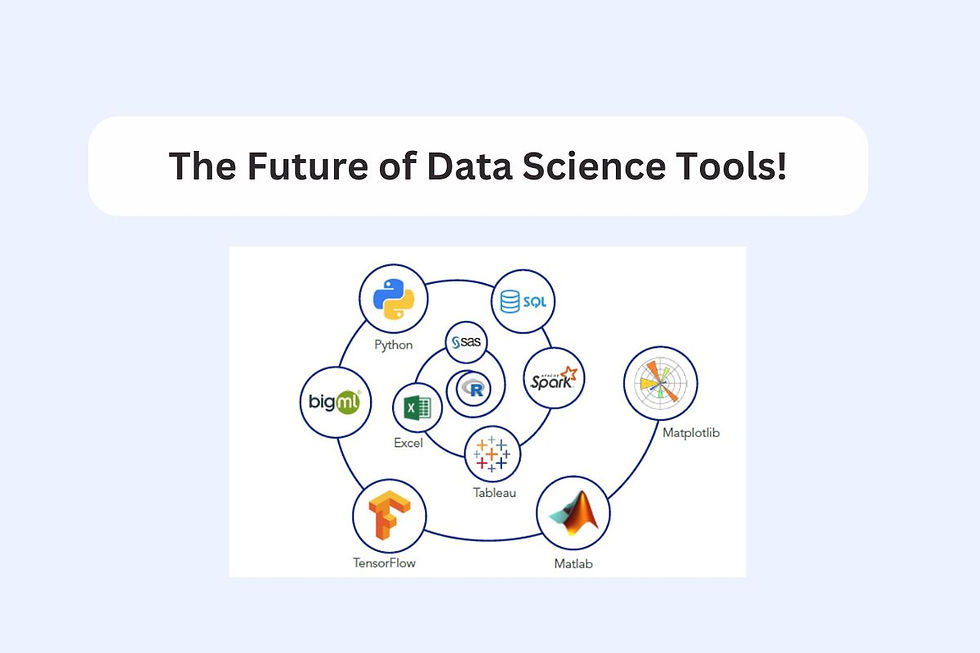The Art of Styling: Advanced CSS3 Strategies
- archi jain

- Oct 15, 2024
- 3 min read

Introduction
CSS (Cascading Style Sheets) is essential for web design, allowing developers to control the presentation of web pages. While basic CSS provides fundamental styling, advanced CSS3 strategies can elevate your designs and improve user experience. This guide explores key concepts in an easy-to-understand manner.
1. Understanding Flexbox
What is Flexbox?
Flexbox, or the Flexible Box Layout, is a layout model that simplifies the arrangement of elements within a container. It helps create responsive designs that adapt to different screen sizes without the need for complex calculations.
Benefits of Flexbox
Easy Alignment: Flexbox makes it simple to align items both horizontally and vertically.
Responsive Layouts: Items can grow or shrink based on available space, ensuring a consistent layout across devices.
2. Exploring CSS Grid
What is CSS Grid?
CSS Grid Layout is a two-dimensional layout system that allows designers to create complex layouts using rows and columns. It provides greater control over placement and spacing compared to Flexbox.
Advantages of CSS Grid
Two-Dimensional Control: Unlike Flexbox, which works in one direction, Grid allows for simultaneous row and column control.
Simplified Design: Complex layouts become easier to create, reducing the need for additional markup.
3. Utilizing Transitions and Animations
What are Transitions and Animations?
Transitions allow for smooth changes between styles when an element’s state changes (like hovering). Animations enable more complex movements and effects, creating engaging experiences for users.
Importance of Transitions and Animations
Enhanced User Experience: Smooth transitions make interfaces feel responsive and lively.
Attention-Grabbing Effects: Well-timed animations can draw user attention to important elements.
4. Responsive Design with Media Queries
What are Media Queries?
Media queries are a feature of CSS that allows styles to adapt based on the device’s characteristics, such as screen size. They are crucial for creating responsive designs that work well on both desktops and mobile devices.
Why Use Media Queries?
Device Adaptability: Ensure your website looks good on various devices, enhancing usability.
Improved Accessibility: A responsive design caters to users on different platforms, making your content more accessible.
5. Custom Properties (CSS Variables)
What are Custom Properties?
Custom properties, or CSS variables, enable you to store reusable values in your CSS. This feature enhances maintainability by allowing you to change a value in one place and have it update everywhere it's used.
Benefits of Custom Properties
Easy Updates: Change a single variable to update styles globally.
Clearer Code: Using descriptive variable names can make your CSS more readable and understandable.
6. Advanced Selectors
What are Advanced Selectors?
CSS offers a range of selectors that allow you to target specific elements based on their relationships within the document. This can help avoid the use of additional classes and keep your HTML cleaner.
Advantages of Advanced Selectors
Precision: Target elements more specifically, allowing for more refined styles.
Reduced Markup: Less reliance on extra classes leads to cleaner HTML structure.
7. Pseudo-classes and Pseudo-elements
What are Pseudo-classes and Pseudo-elements?
Pseudo-classes are used to style an element based on its state (like when a user hovers over it), while pseudo-elements allow for styling parts of an element (like the first line of a paragraph).
Why Use Pseudo-classes and Pseudo-elements?
Interactivity: They can enhance user interactions without requiring JavaScript.
Fine Control: Pseudo-elements allow you to style specific parts of an element, giving more flexibility in design.
Conclusion
Mastering advanced CSS3 techniques can significantly enhance your web design skills. By utilizing Flexbox, CSS Grid, transitions, media queries, custom properties, advanced selectors, and pseudo-classes/elements, you can create responsive, engaging, and visually appealing websites. Understanding these strategies not only improves aesthetics but also enhances user experience, making your web projects stand out.
To deepen their skills, consider exploring in a Full Stack Developer Course in Noida, Delhi, Gurgaon, and other locations in India. This course can provide you with the comprehensive knowledge necessary to excel in web development, including mastering CSS3 and other essential technologies.








Comments